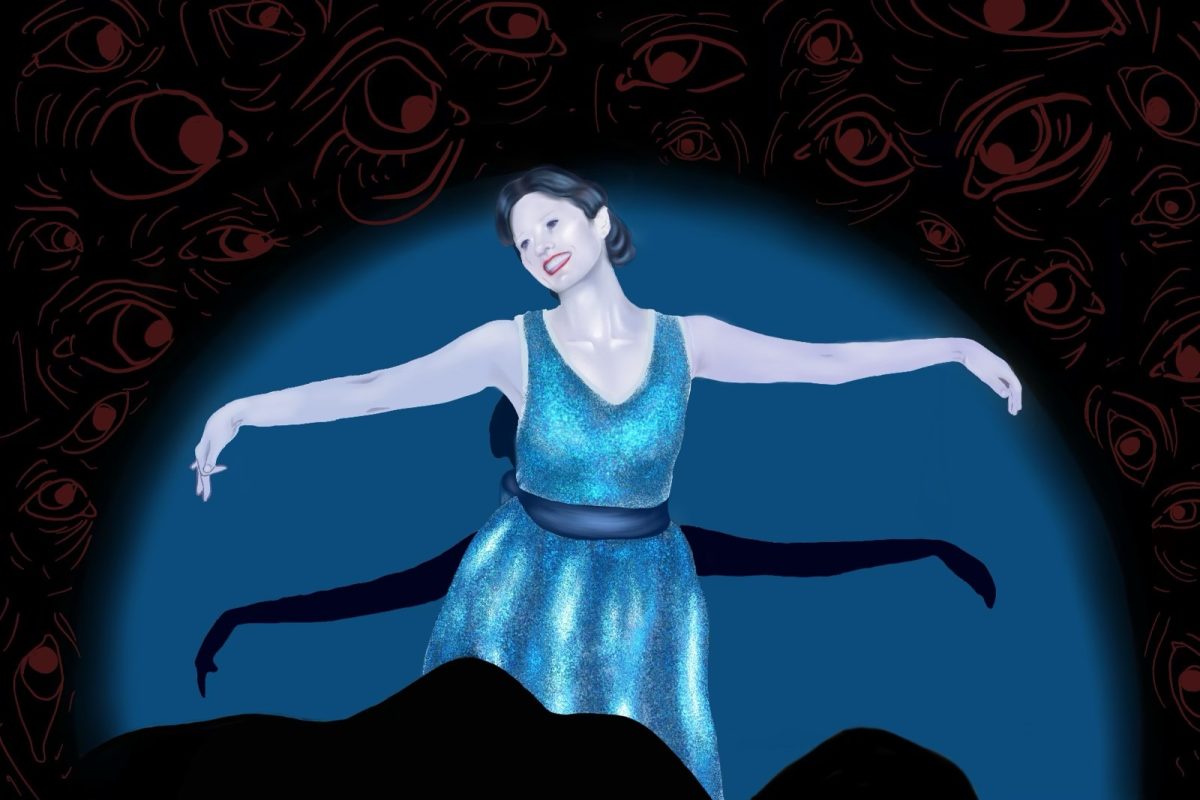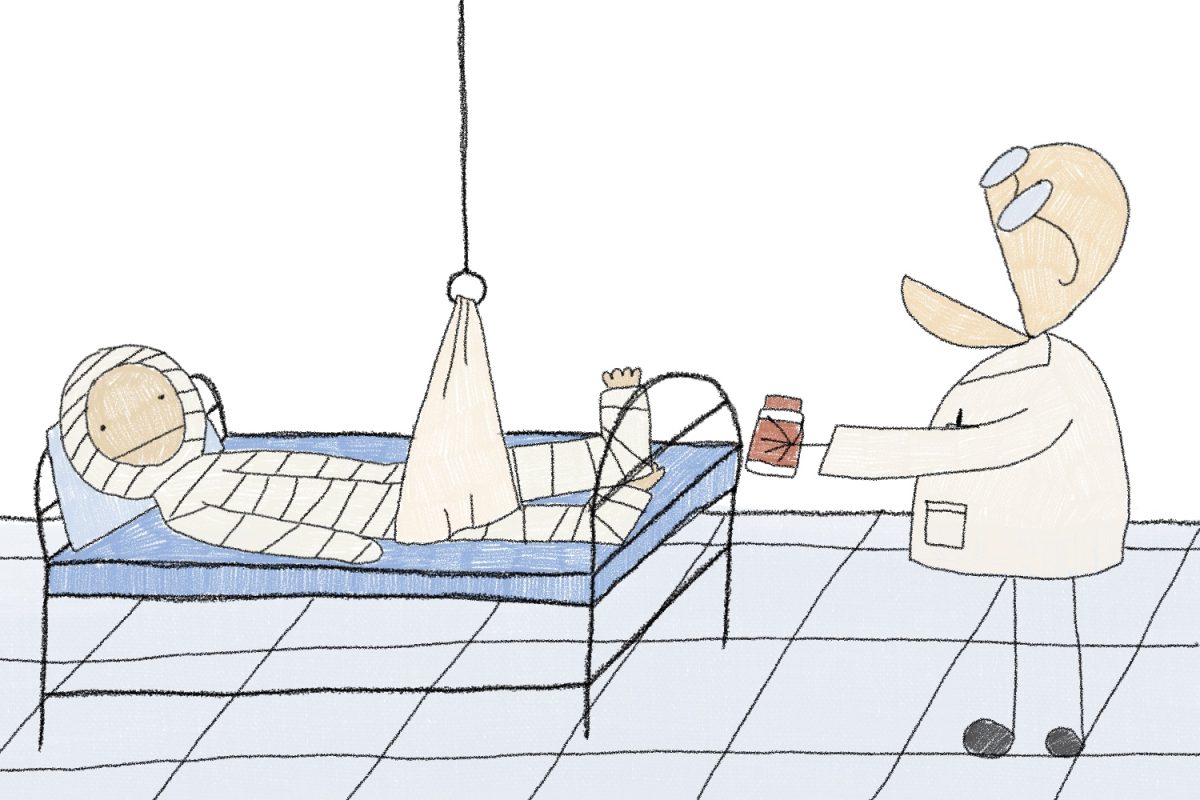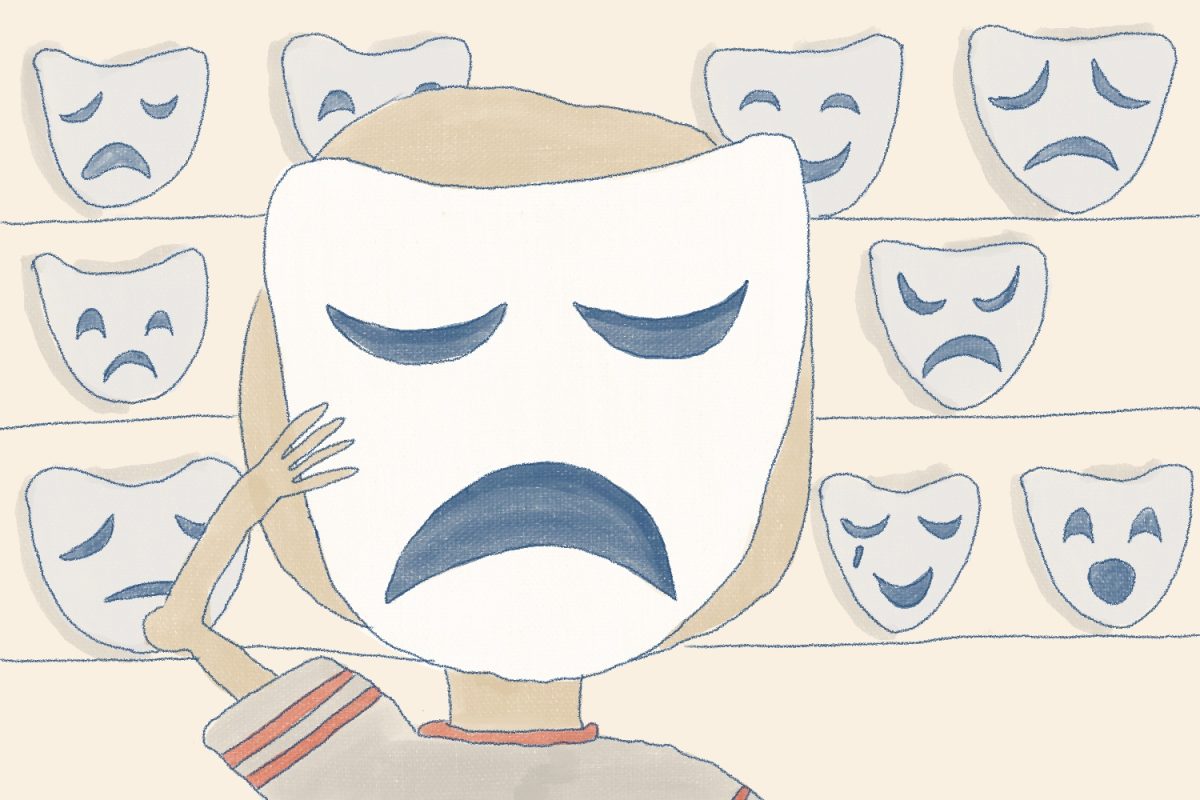The spotlight is hot on young female artists.
Their songs begin to top charts and it’s a waiting game until someone comments on their body or their beauty—then the objectification begins.
These artists are forced to navigate their adolescence in the public eye and now they have to make decisions about wardrobes, makeup and the way they will present themselves to the public.
As they approach 18, countdowns are made for when these stars will be “legal.”
Britney Spears was on the cover of Rolling Stone, dressed in minimal attire to commemorate her 18th birthday that followed the release of “…Baby One More Time,” according to a Dec. 1, 2019 Vice article.
The special from Rolling Stone included all the details people wanted to know about the up-and-coming pop star: her virginity, whether or not she had breast implants and her dating life.
Reading this over 20 years later, the article is sickening. She’s this extremely talented singer and dancer turned it-girl, fetishized and hypersexualized for the public eye.
The sexualization of Britney Spears continued and she was watched like a hawk, exploited by the paparazzi and the people around her. This led to her infamous 2007 meltdown, according to a June 24, 2021 New York Times article.
Twenty years later and young female artists are still faced with the same objectification and sexualization.
Billie Eilish usually rocks a baggy T-shirt look. She says she does this so that people don’t have access to her body. It is not necessarily an attempt to avoid sexualization but rather a personal choice to lessen the media attention on her body, according to a Nov. 13, 2023 Variety article.
The fact that this became a point of conversation shows that people are ready to pounce on young female artists for any way that they express themselves through their bodies or clothing.
As for former child stars, people often forget that these stars are no longer children.
When the bubbly child star says a curse-word or shows some skin, people are dismayed by their “rebellion” and see it as a violation of their image—think Miley Cyrus with “Wrecking Ball.”
This evolution is simply a normal part of maturity. These children were thrust into the limelight and forced to grow up, making mistakes and going through awkward stages right in front of our eyes.
Olivia Rodrigo has been criticized for her performances on the GUTS tour.
The internet seems to think her outfits are too sexual and her acting too promiscuous. Some are shocked and enraged, claiming that the show is too sexual for young fans in the audience.
Ultimately, Olivia Rodrigo or any artist does not owe it to the public to cater their music and image to certain audiences or ideals.
They are making art to express themselves—the messy, sexually-charged and frustrating realities that are all a part of the normal human experience.
Male artists prance around with girls on their shoulders and are idolized, while female artists who date more than two men in a year are sluts.
Male artists are allowed to be fat, thin, muscular or anywhere in between, while female artists have to maintain an unrealistic “perfect” figure.
They are expected to show just enough so that people are pleased but not too much so that they are minimized to only their sexuality.
The cocktail of shame, lust and disrespect that is forced upon these female artists for the way they dress or the skin they show—or don’t—is nauseating.
Sexualizing these female artists comes at the cost of intertwining a woman’s worth with her body.
This teaches young girls that they will be attacked for the way they choose to express themselves.
It transmits the narrative that women need to cover up and stay modest to maintain a certain level of respect, but also that they must use their body as an instrument to gain validation and attention.
By reducing an artist to a sex symbol, the complexities of their expression and artistry are wholly discounted.
Behind every artist is a human with unique experiences and ideas, expressing themselves to the world through music. Their persona may be enhanced through dress or dancing or it may not.
Their body is not a spectacle to be dissected and the skin they show is not an invitation for gross criticism and lustful commentary.
To liberate the artistry is to celebrate these artists, not sexualize them.














![Can’t buy me [self] love](https://vtcynic.com/wp-content/uploads/2024/04/self-care-FINAL-1200x796.jpg)